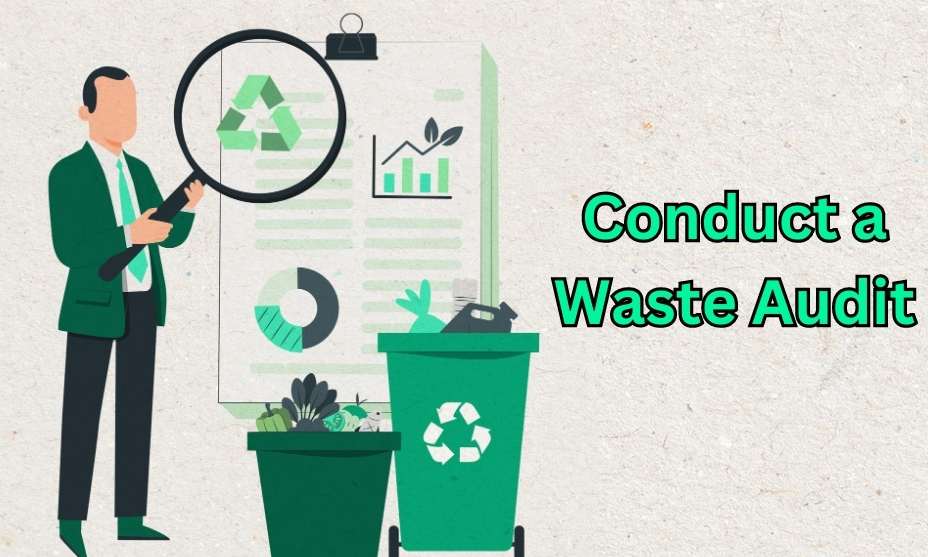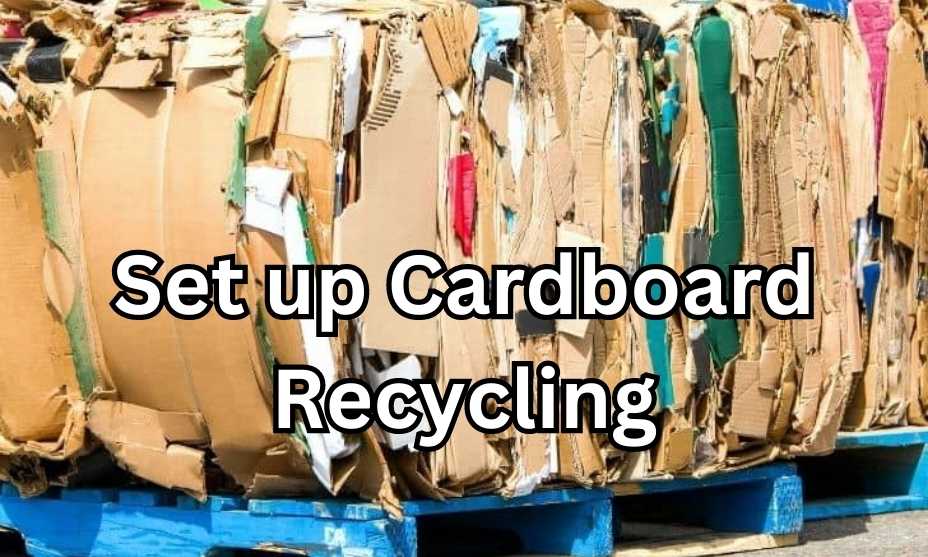16 Admirable Tips to Get Rid of Wastefulness for Small Business
Waste management is a problem faced by every country in the world. It has a lot of harmful impacts on the environment.
Every year, 1.3 billion tons of solid waste is generated, which may increase to 3.4 billion metric tons by 2050. The problem cannot be tackled if every individual doesn’t take steps forward to manage to waste their way.
Small businesses can be the torchbearers and take many steps to curtail the volume of waste generated. These steps will also help them by saving expenses and improving worker safety. So, let’s get right into it now!
1. Conduct a waste audit

The first step to tackling a problem is to assess it. Do a waste audit that fits the size of your organization. You can understand the amount of waste generated by observing your dumpster, or you can get your waste stream assessed by a professional company.
Further, assess the kind of waste that is generated the most. It will help you in planning waste management.
2. Switch to double-sided printing
Set up your printers and teach the employees to get double-sided printing. A lot of paper waste will be prevented.
You can also set up the printer to give out black-and-white print instead of color. Not only is black and white ink cost-effective, but recycling ink cartridges is also difficult.
Moreover, discourage the habit of taking unnecessary printouts.
3. Don’t take printouts of emails
Continuing from the earlier point, this deserves special mention. Emails belong to the cloud drives and not the physical file cabinets.
Stop printing out your emails. Moreover, to go one step further, on your email signature, add a note that nudges others to think wisely before taking a printout of the email.
4. Use used papers to take notes
Consider cutting and bunching old printouts and keeping them to take notes, phone messages, or scribble something. This will not only build a culture of less wastefulness but also bring good humor when you see the content on the other side.
5. Do away with paper business cards
Paper business cards generate a lot of waste. 88% of the time, they are thrown away. The remaining 12% goes to a recycling bin or stays in the bottom of a drawer.
Using the new technology and switching to a digital business card is wise. It will generate less waste and reduce your cost of printing paper business cards.
Moreover, digital business cards will also make networking fast and hassle-free.
6. Get your printer cartridges refilled
Ink cartridges are hard to recycle. Moreover, new ones are pretty expensive. It’s best to buy printer ink bottles and refill the cartridges yourself.
7. Don’t use single-use plates, cups, and cutlery
Disposable cutlery, cups, plastic utensils, and paper plates constitute a large amount of waste generated annually.
Invest in some affordable kitchenware. Create a workplace policy to encourage the employees to wash it if they use it. You can also invest in a dishwashing machine. This step will eventually save you money in the long run.
8. Steer clear of plastic bottles
Plastic is bad for the environment. Plastic waste is generated if your employees drink water from single-use plastic bottles.
You can invest in a water cooler or install a water filter on the sink faucet so that employees can access clean water without generating waste.
9. Consider recycling
Check up on recycling facilities in your surroundings. After that, set up and label waste bins as per what materials they accept for recycling. Put several recycle bins around the office to avoid littering.
Encourage your employees, suppliers, and customers to throw away waste consciously as per the bin labels. The recycling facility will collect the waste from your compound.
10. Think of composting
If there is a lot of organic and food waste in your office, set up composting services.
It is not only good for the environment, but you also get to save money as often you might have to pay a lot to send the food waste to landfills.
11. Consider training the employees often
Signages around the workplace regarding your waste management strategy won’t take you very far.
While it makes one aware, people need to be trained to follow them to get the habits internalized,
Train your employees about the recycling and waste management protocols within your workplace. Talk to them about the different kinds of waste bins and how to use them.
Make them aware of the most common kind of waste produced in your firm. Teach them how to handle that kind of waste.
Discuss the motive behind the waste management protocols. That will keep them motivated to follow the protocols.
12. Convey your waste management protocols to your customers
When you commit to reducing waste, it is obvious that your customers should also follow suit.
Ensure you have enough waste and recycling bins in your front office and storefront. You should also include proper instructions about composting.
If you want your customers to recycle cans, plastic, or paper, communicate that to them via signage or labeling recycling bins accordingly. Place the bins wisely in the areas where such items are consumed.
13. Give away surplus and unwanted items
Make it a point to check your storage room or warehouse periodically. It’s best to do it twice a year. If not, consider cleaning the storage room or warehouse at least once a year.
You’ll find many unwanted items that cannot be thrown away, like unused stationery, file cabinets, storage racks, or old rolling chairs.
Instead of keeping them for no good reason, contact local charities. They will happily take your trash and put it to good use.
This will help you declutter your space, bring positive vibes, reduce waste, and earn good karma.
14. Set up cardboard recycling

This deserves special mention because many do not consider recycling cardboard, mostly because they don’t see the value.
Even if you break down the cardboard, it takes up a lot of space in your waste bin.
Instead, you can reuse the packing. Or, if you have a lot of them and want to get rid of them, contact your waste provider and talk to them about recycling them.
15. Take stock of the packaging you use and remove the extra
Check the packaging materials you use. Ensure you are using only the necessary items to pack your products. If not, focus on reducing your packaging cost and the amount of waste generated. Also, see the materials you use for packing. Can you switch to more sustainable ones?
If you are a business that accepts returns, you might also have packaging materials lying around for disposal.
16. Consider discussing waste management with your suppliers
Many suppliers use a lot of plastic wraps, cardboard, or packaging peanuts to get the items delivered. Discuss your decision to change with them. Share that you want to reduce the produced waste and packaging costs.
If you don’t get a positive response, ask them to consider their pricing to compensate for the waste.
Conclusion
Always stay updated with the new trends and technologies in waste management. Further, consider talking to your waste provider, who might give you some unique solutions regarding business sustainability and waste management.
Practice these tips to reduce wastefulness, and you’ll become a low- or no-waste business eventually.





